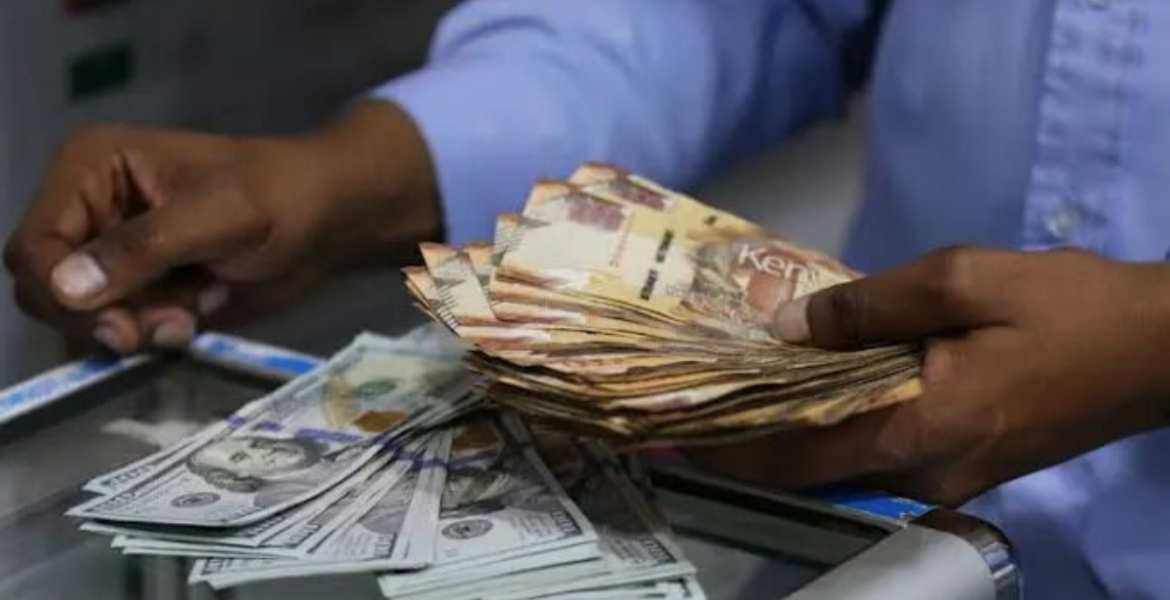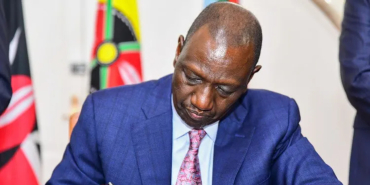Kenyan Shilling Gains Ground Against US Dollar Amid Strong Demand

The Kenyan Shilling has demonstrated remarkable resilience against the US Dollar, experiencing a notable strengthening on Wednesday driven by increased demand from companies for the local currency.
This surge in demand has alleviated pressure on the Kenyan Shilling, resulting in gains against the US currency. Manufacturers, in particular, have been exchanging US dollars for the local unit to meet quarterly tax obligations. Despite this positive trend, the improvement against the greenback remains modest compared to the previous week's decline which saw the shilling depreciate by up to 0.5 units. As of Wednesday, September 25, the London Stock Exchange Group (LSEG) reported the shilling trading at 128.50 units to the US dollar, a slight improvement from the Ksh129 rate observed on Friday, September 20, which had caused concern among importers.
The Kenyan Shilling's recent strength can be attributed to various factors, including an influx of foreign currency from the diaspora and investors. This inflow was further supported by the US Federal Reserve's decision to cut interest rates. On September 18, the US Federal Open Market Committee (FOMC) implemented its first interest rate reduction in four years, lowering the Fed Fund target by 50 basis points to 4.75. This decision came after the US Central Bank successfully reined in inflation, which had long posed challenges for the American economy. While some viewed this move as a strategic manoeuvre by the Biden administration to appeal to voters ahead of upcoming elections, it nonetheless proved beneficial for Kenya's economy.
The Kenyan Shilling has maintained its position as the world's best-performing currency for eight consecutive months, a trend that began in early February following the implementation of various monetary and fiscal measures by the government. These measures included the repayment of a Sh310 billion Eurobond that matured in June and the oversubscription of infrastructure bonds issued by the Central Bank in late January. Consequently, the Kenyan currency has appreciated by 17 per cent against major global currencies, according to data from Kenya's central bank. The strengthening of the Kenyan Shilling occurs against a backdrop of significant global economic fluctuations.
The US dollar, in particular, has experienced volatility due to factors such as geopolitical tensions, oil price fluctuations, and shifts in global trade policies. As Kenya's economy heavily relies on imports, it remains sensitive to these global economic changes. The recent appreciation of the shilling is a positive development for importers who have been grappling with increased costs due to a previously weaker local currency. The Central Bank of Kenya has reported a substantial increase in remittances which provide a consistent inflow of foreign currency. Additionally, foreign investors have shown a growing interest in Kenyan bonds and equities, further stimulating demand for the local currency.








Comments
DoN' be Deceived because: By…
Permalink
DoN' be Deceived because: By them😁😎DIGging here to Fill the Ditches there, future GEN-Z will be Left PAYing for the DIGging and Filling the the New Ditches. *Kweli KENYA kwisha. Wame😁😎iMaliza.
Add new comment